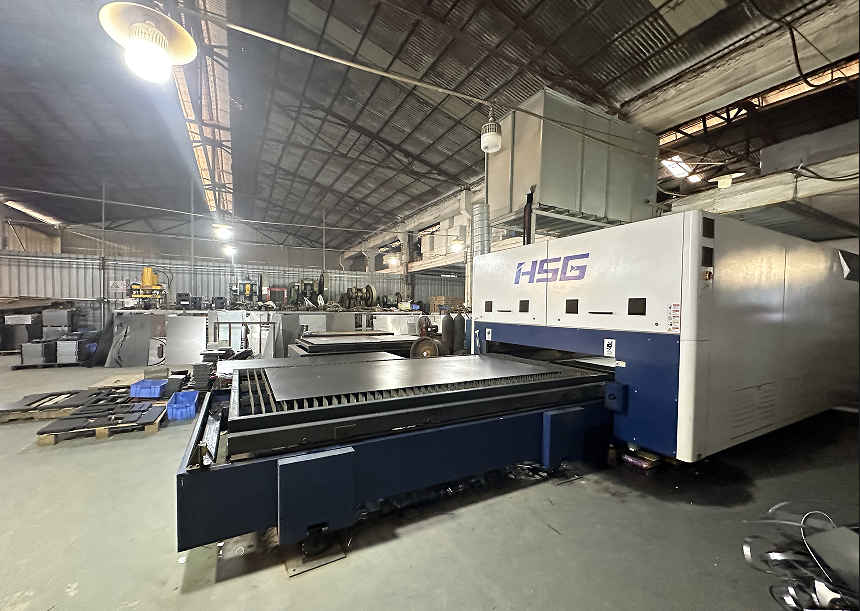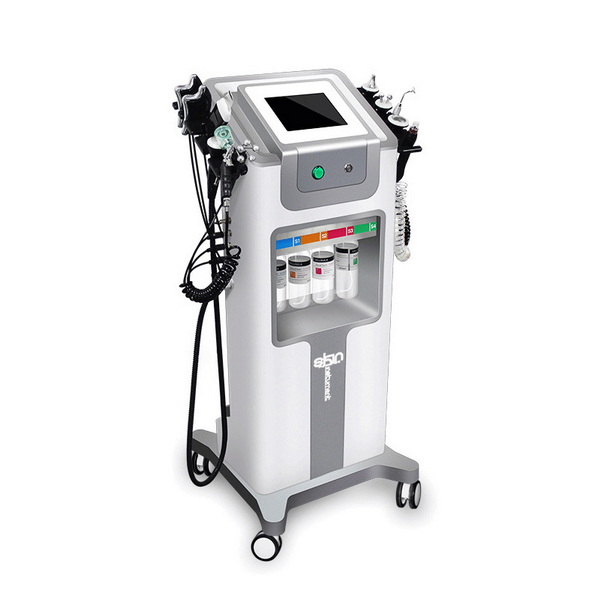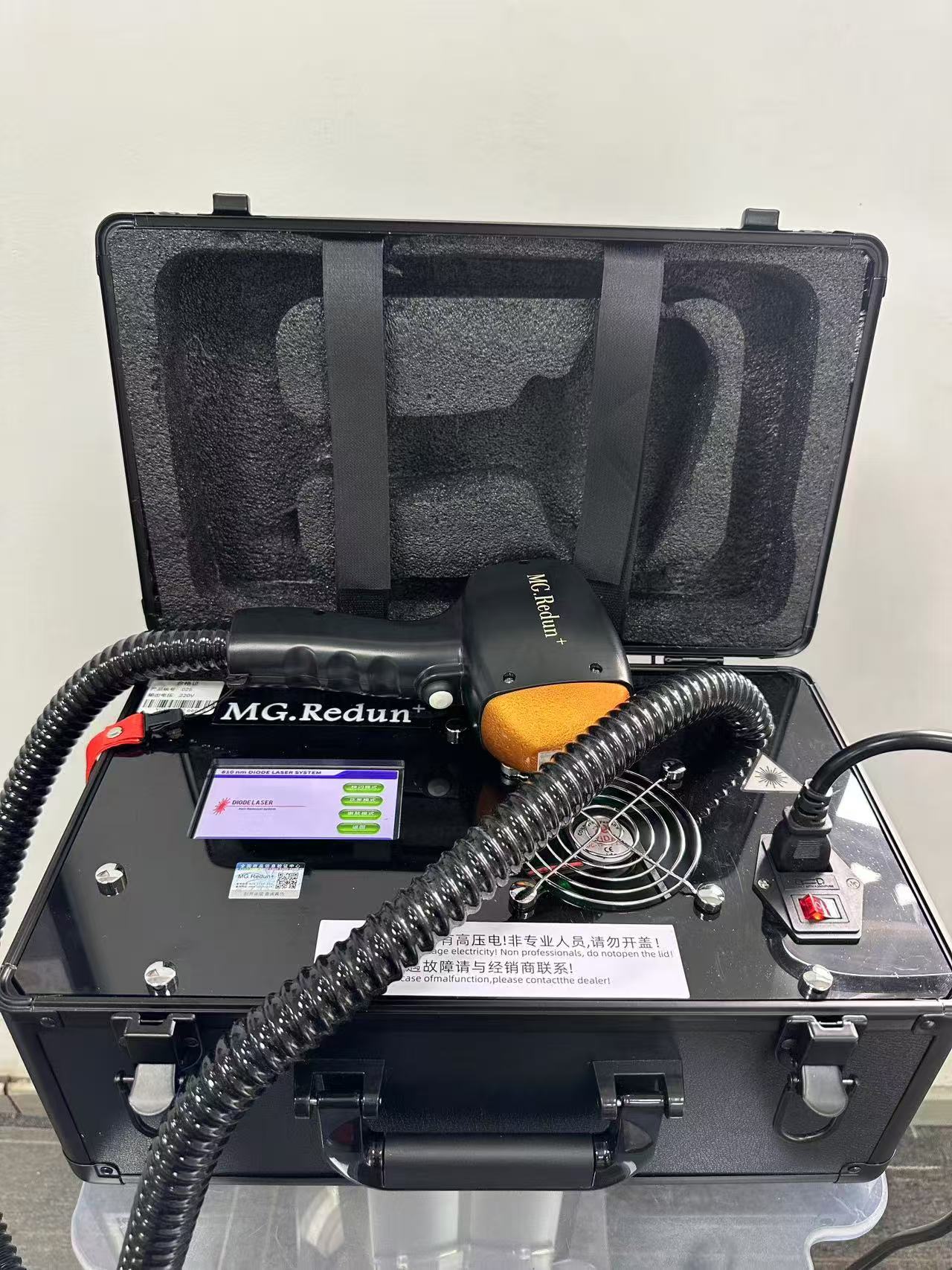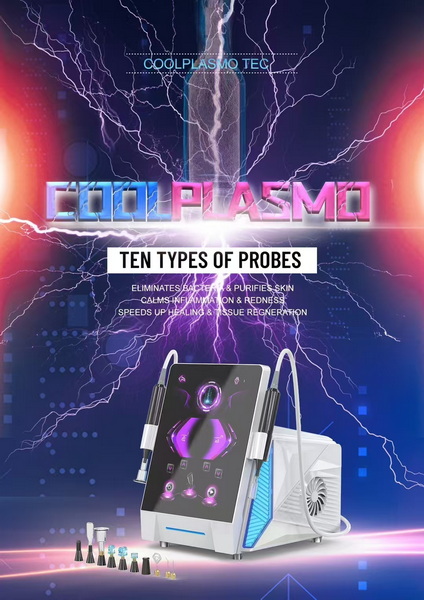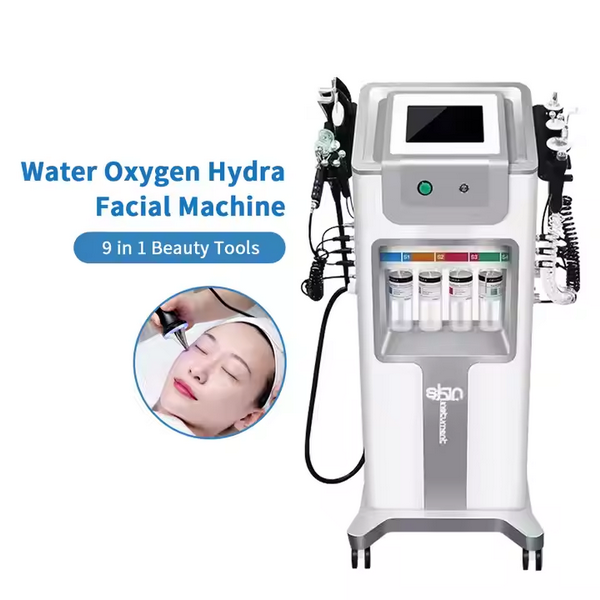Introduction to Beauty Equipment Materials
In the ever-evolving world of beauty equipment, the material of beauty equipment plays a crucial role in determining its functionality, durability, and safety. Selecting the right materials is essential not only for performance but also for user experience.
Common Materials Used in Beauty Equipment
Beauty devices are made from a variety of materials, each chosen for its specific properties. Below are some of the most commonly used materials.
Plastics
Plastics are widely used in beauty equipment due to their lightweight and versatility. They can be molded into various shapes and sizes, making them ideal for handheld devices.
Metals
Metals, such as stainless steel and aluminum, are often utilized for their strength and durability. These materials provide a robust structure, especially in devices that require a high level of precision.
Glass
Glass is used in several beauty devices, especially for components that need to be transparent, such as LED therapy machines. Its non-reactive nature makes it safe for skin contact.
Advantages of Various Materials
Understanding the benefits of different materials helps in making informed decisions.
Durability
Metals, particularly stainless steel, offer exceptional durability, making them ideal for devices that experience regular use. This ensures a longer lifespan for the equipment.
Lightweight Design
Plastics allow for lightweight designs that enhance user comfort, particularly in handheld devices like facial cleansing brushes and epilators.
Non-Toxic Properties
Safety is paramount in beauty equipment. Many plastics are now produced to be non-toxic and safe for skin contact, further ensuring the user’s well-being.
Innovations in Material Technology
Recent advancements in material technology are shaping the future of beauty equipment.
Biodegradable Plastics
With a growing focus on sustainability, biodegradable plastics are becoming more prevalent in beauty equipment production. These materials provide an eco-friendly alternative without compromising performance.
Smart Materials
The integration of smart materials that respond to temperature and pressure is transforming beauty equipment. These innovations allow for a more personalized user experience.
Conclusion
The material of beauty equipment is fundamental to the performance, safety, and user satisfaction of beauty devices. As technology continues to advance, the choice of materials will evolve, leading to even more effective and sustainable beauty solutions.

